Bangladesh - Introduction
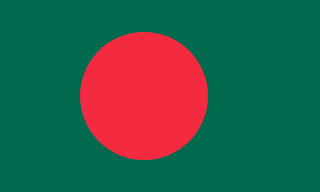
Here, let us take a look at some of the important facts about the country Bangladesh. Bangladesh (officially: People's Republic of Bangladesh) is a country in Asia, precisely in Southern Asia, with a population of about 176.6 Millions inhabitants today (2025-08-03). The capital city of People's Republic of Bangladesh is Dhaka, and the official country TLD code is .bd. Bangladesh has cca2, cca3, cioc, ccn3 codes as BD, BGD, BAN, 050 respectively. Check some other vital information below.
The huge delta region at the confluence of the Ganges and Brahmaputra River systems -- now referred to as Bangladesh -- was a loosely incorporated outpost of various empires for much of the first millennium A.D. Muslim conversions and settlement in the region began in the 10th century, primarily from Arab and Persian traders and preachers. Europeans established trading posts in the area in the 16th century. Eventually the area known as Bengal, which is primarily Hindu in the western section and mostly Muslim in the eastern half, became part of British India. After the partition of India in 1947, the Muslim-majority area became East Pakistan. Calls for greater autonomy and animosity between the eastern and western areas of Pakistan led to a Bengali independence movement. That movement, led by the Awami League (AL) and supported by India, won the independence war for Bangladesh in 1971.
The military overthrew the post-independence AL government in 1975, the first of a series of military coups that resulted in a military-backed government and the subsequent creation of the Bangladesh Nationalist Party (BNP) that took power in 1979. That government also ended in a coup in 1981, followed by military-backed rule until democratic elections were held in 1991. The BNP and AL alternated in power from 1991 to 2008, with the exception of a military-backed, emergency caretaker regime in 2007. The country returned to fully democratic rule in 2008 with the election of the AL and Prime Minister Sheikh HASINA. With the help of international development assistance, Bangladesh is on track to graduate from the UN’s Least Developed Countries (LDC) list in 2026.
The economy has grown at an annual average of about 6.25% for the last two decades. Poverty declined from 11.8 percent in 2010 to 5.0 percent in 2022, based on the international poverty line of $2.15 a day (using 2017 Purchasing Power Parity exchange rate). The country made a rapid recovery from the COVID-19 pandemic, but still faces economic challenges.
The military overthrew the post-independence AL government in 1975, the first of a series of military coups that resulted in a military-backed government and the subsequent creation of the Bangladesh Nationalist Party (BNP) that took power in 1979. That government also ended in a coup in 1981, followed by military-backed rule until democratic elections were held in 1991. The BNP and AL alternated in power from 1991 to 2008, with the exception of a military-backed, emergency caretaker regime in 2007. The country returned to fully democratic rule in 2008 with the election of the AL and Prime Minister Sheikh HASINA. With the help of international development assistance, Bangladesh is on track to graduate from the UN’s Least Developed Countries (LDC) list in 2026.
The economy has grown at an annual average of about 6.25% for the last two decades. Poverty declined from 11.8 percent in 2010 to 5.0 percent in 2022, based on the international poverty line of $2.15 a day (using 2017 Purchasing Power Parity exchange rate). The country made a rapid recovery from the COVID-19 pandemic, but still faces economic challenges.
Bangladesh Space Info
Space agency/agencies
Bangladesh Space Research and Remote Sensing Organization (SPARRSO; established 1980) (2024)
Space program overview
Has a modest space program focused on designing, building, and operating satellites, particularly those with remote sensing (RS) capabilities; researching a variety of other space-related capabilities and technologies; has a government-owned company for acquiring and operating satellites (Bangladesh Satellite Company Limited or BSCL, established in 2017); has relations with several foreign space agencies and commercial entities, including those of France, Japan, Russia, and the US (2024)
All Important Facts about Bangladesh
Want to know more about Bangladesh? Check all different factbooks for Bangladesh below.
-
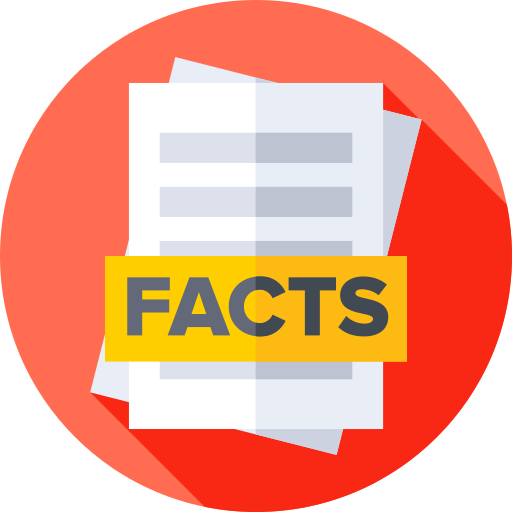 Bangladesh Factbook
Bangladesh Factbook
-
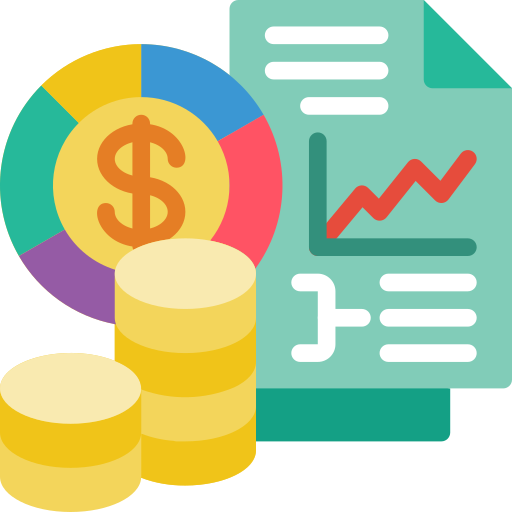 The Economy of Bangladesh
The Economy of Bangladesh
-
 Learn about the Government of Bangladesh
Learn about the Government of Bangladesh
-
 Communication in Bangladesh
Communication in Bangladesh
-
 Popular Universities in Bangladesh
Popular Universities in Bangladesh
-
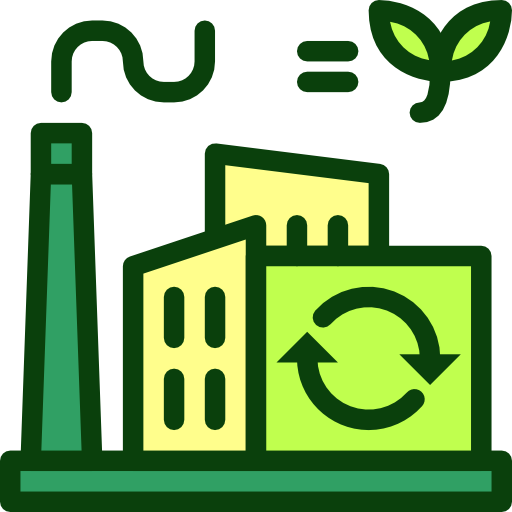 Enerny in Bangladesh
Enerny in Bangladesh
-
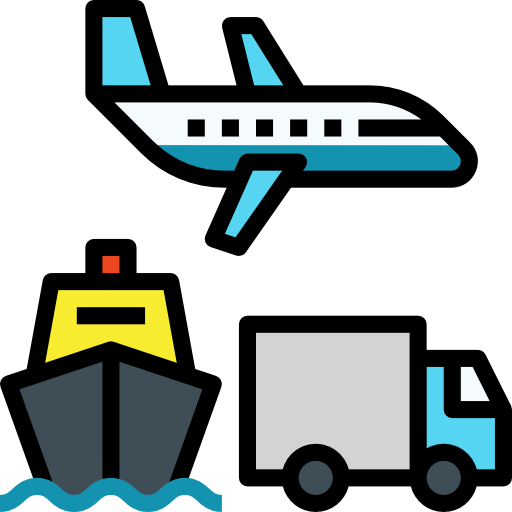 Transport in Bangladesh
Transport in Bangladesh
-
 The Geography and society of Bangladesh
The Geography and society of Bangladesh
-
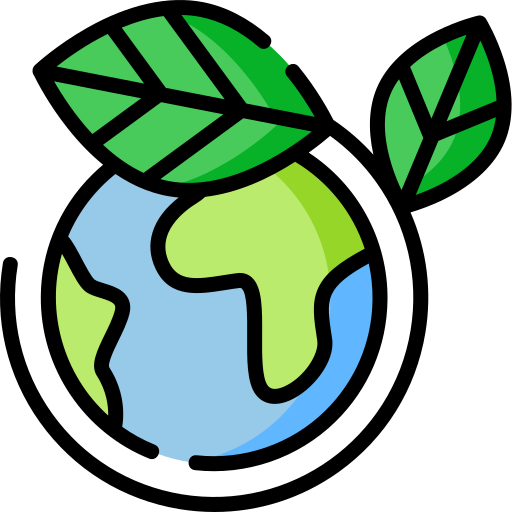 The Environment of Bangladesh
The Environment of Bangladesh
-
 Military and security in Bangladesh
Military and security in Bangladesh